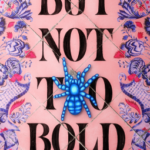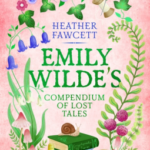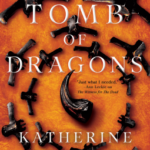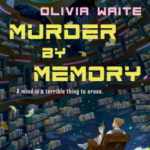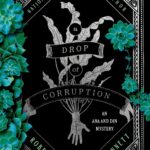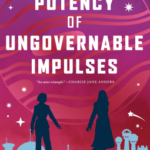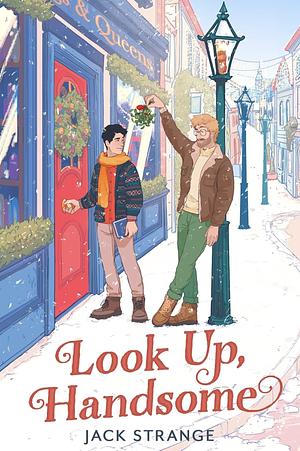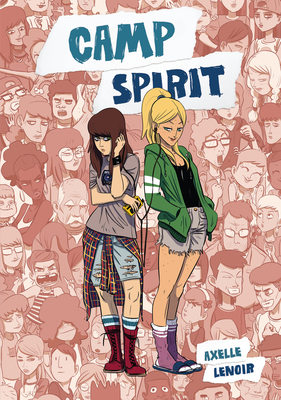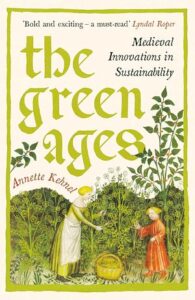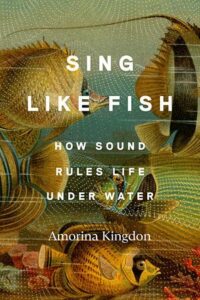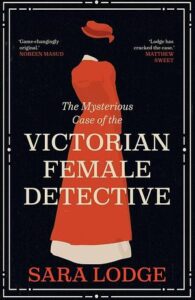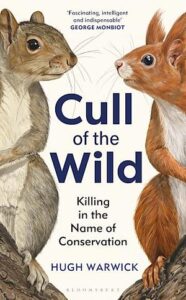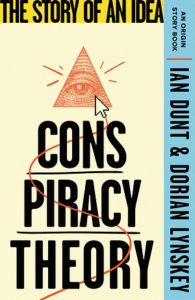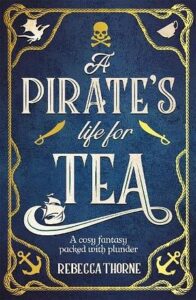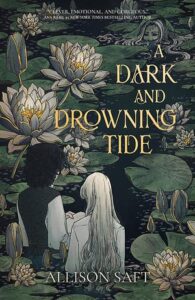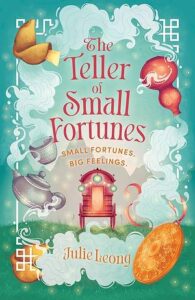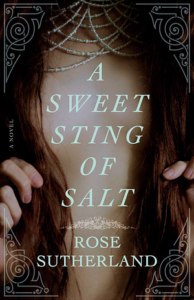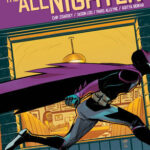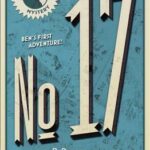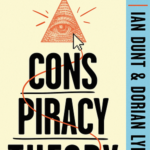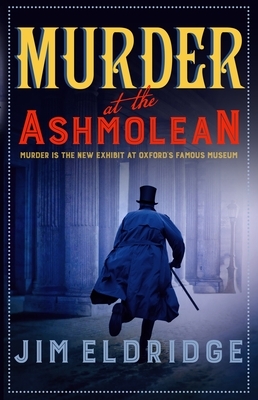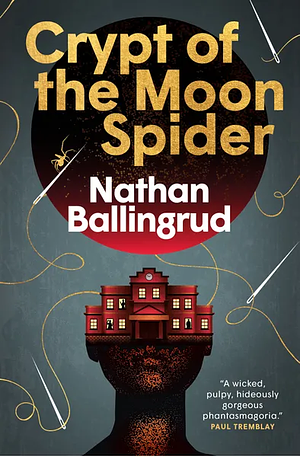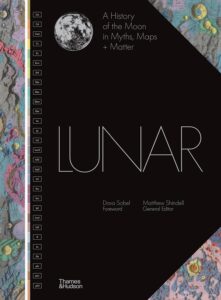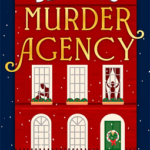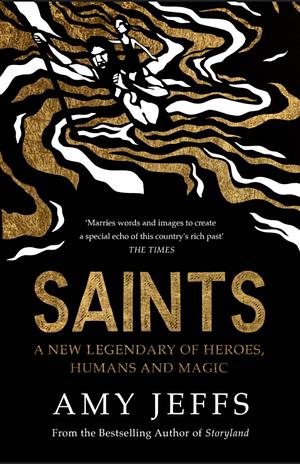
Saints: A New Legendary of Heroes, Humans and Magic
by Amy Jeffs
Genres: History, Non-fictionPages: 448
Rating:

Synopsis:In Saints, Amy Jeffs retells legends born of the medieval cult of saints. She draws on 'official' lives, vernacular romances, artworks and obscene poetry, all spanning from the fourth to the sixteenth centuries. The legends' heroes originate from as far east as Turkey and North Africa and as far west as Britain and Ireland. Saints includes such enduring super saints as Brigid, George, Patrick and Michael, as well as some whose legends are less well known (Scoithín, Euphrosyne and Ia) or else couched in prejudice (William of Norwich).
Jeffs guides her readers from images high on the walls of medieval churches, through surviving treasures of the elite and into the shifting silt of the Thames, where lie the lowly image-bearing badges once treasured by pilgrims. She opens manuscripts that hold wondrous stories of the lives and deaths of wayfaring monks, oak-felling missionaries and mighty martyrs. With tales of demons and dragons, with the stubborn skull of a giant, with stories of sleepers in a concealed Greek cave, Saints will enchant and transport readers to other worlds.
The commentaries following the stories offer a history of each saint and, together, trace the rise and fall of the medieval cult of saints from the first martyrs to the Protestant Reformation. And all this maps onto the passing year: from St Mungo in January to St Thomas Becket in December.
Saints' legends suffused medieval European culture. Their heroes' suffering and wonder-working shaped landscapes, rituals and folk beliefs. Their tales spoke of men raised by wolves, women communing with flocks of birds and severed heads calling from between bristling paws.
Amy Jeffs’ Saints is intended to bring some of the excitement and attention we have for retellings of folklore to hagiographies (stories telling the lives of saints). She’s chosen a small sampling of all the possible stories and retold them, following each with some commentary on its context, meaning, etc. Most of them were unfamiliar to me (I’ve only studied a few Vitae, those which mention King Arthur), so the commentary was much-needed.
Jeffs’ style in retelling the stories is rather personal, informal, sympathetic; she gets into the heads of the characters and has us inhabit them for a few moments, which I rather liked, though it’s not usually how saints’ stories get told. That’s because she really is recounting them as folklore, as stories, rather than with belief — which, for some readers, might not be acceptable, I’m sure.
I would personally have liked a bit more of the commentary, since I have a reasonable feel for what hagiographies are like, but I enjoyed it. The paper cut illustrations add something as well, I think, though I’m not the most visual person.
Rating: 4/5



